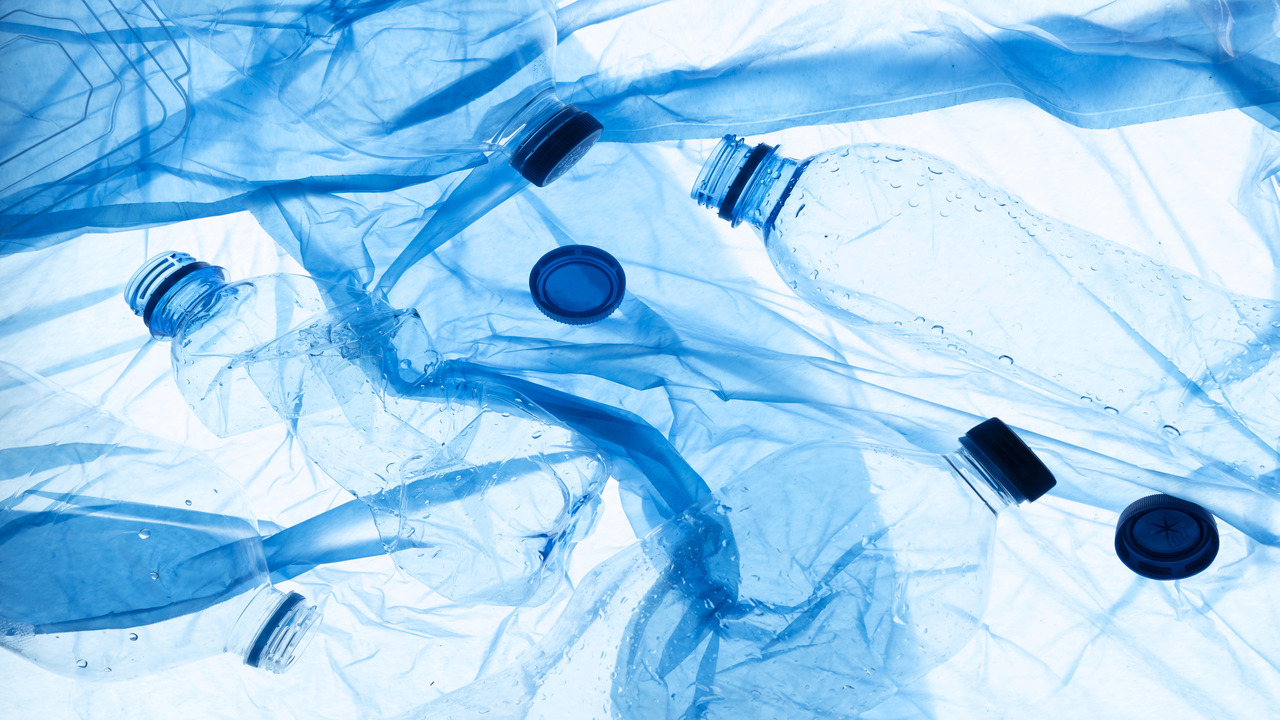A team of specialists undertaking vital research has established a method of using polyethylene waste (PE) as a feedstock and transform it into valuable compounds, via light-driven photocatalysis.
The University of Adelaide’s Professor Shizhang Qiao, Chair of Nanotechnology, and Administrator, Centre for Resources in Energy and Catalysis, at the School of Chemical Engineering, directed the team which issued their results in the journal Science Advances .
We have upcycled polyethylene plastic waste to ethylene and propionic acid with high selectivity using atomically spread metal catalysts, said Professor Qiao.
An oxidation-coupled room-temperature photocatalysis technique was used to transform the waste into valuable goods with high selectivity.
Nearly 99% of the product is propionic acid, easing the problems connected with complex products that then need separation.
Renewable solar energy was utilized rather than manufacturing processes that consume fossil fuel and release greenhouse gases.
This waste-to-value approach is chiefly implemented with four components, as well as plastic waste, water, sunlight and non-toxic photocatalysts that collects solar energy and boost the reaction. A usual photocatalyst is titanium dioxide with separated palladium atoms on its surface.
Most of the plastics utilized today end up being waste and collected in landfills. PE is the most broadly used plastic in the world. Daily food packing, shopping bags and substance bottles are all made from PE. It is also the main proportion of all plastic waste and mostly ends up in landfills, posing a danger to global environment and ecosystem.
Plastic waste is an unexploited source that can be recycled and managed into new plastics and other marketable products, said Professor Qiao.
Catalytic reprocessing of PE waste is still in primary development and is practically challenging because of chemical inertness of polymers and side responses rising from structural complications of reactant molecules.
Present chemical recycling for PE waste is functioned at high temperatures larger than 400 degrees centigrade that harvest complex product compositions.
Ethylene is a significant chemical feedstock that can be additionally processed into a diversity of industrial and daily products, while propionic acid is also in high demand due to its antiseptic and antibacterial properties.
The team’s work aims to address current ecological and energy challenges, contributing to a circular economy. It will be of practice in further scientific study, waste management and chemical industry.
This important study offers a green and supportable resolution to simultaneously decrease plastic pollution and produce valuable chemicals from waste for a circular economy, informed Professor Qiao.
It will stimulate the rational design of high-performance photocatalysts for solar power utilization and assist the growth of solar-driven waste upcycling technology.








